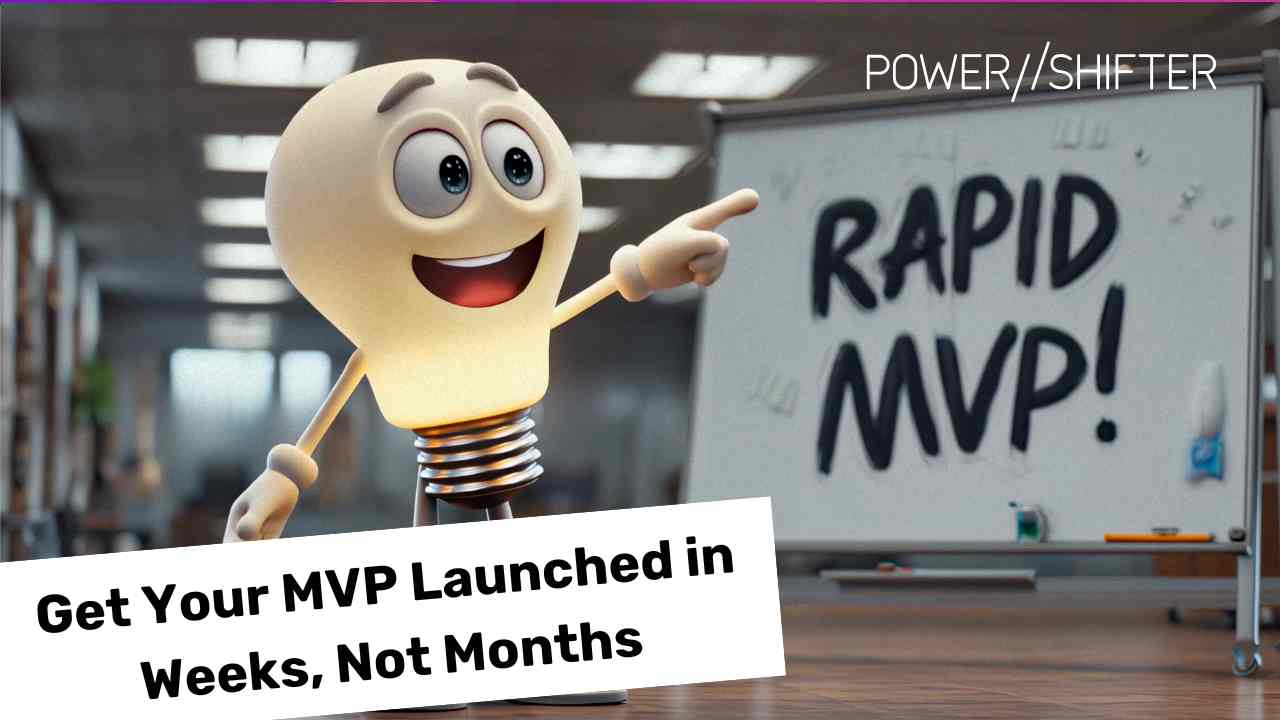Integrating Third-Party Tools with Headless CMS
One of the most powerful features of a headless CMS, such as Contentful or Sanity, is its ability to seamlessly integrate with third-party tools and services. These integrations can significantly enhance the functionality of your CMS, allowing you to extend its capabilities, automate workflows, and streamline content management. Whether you’re looking to add e-commerce features, improve SEO, or connect with marketing automation platforms, the possibilities are endless.
In this post, we’ll explore how to effectively integrate third-party tools with your headless CMS, maximizing its potential and ensuring your content operations are more efficient and effective.
The Value of Third-Party Integrations in a Headless CMS
A headless CMS is designed to be flexible and adaptable, making it an ideal platform for integrating with other tools and services. Unlike traditional CMSs, which are often limited by their built-in functionalities, a headless CMS allows you to choose the best tools for your specific needs, creating a tailored solution that fits your business.
Integrating third-party tools can help you:
- Automate repetitive tasks, freeing up time for more strategic work.
- Enhance the user experience by connecting with advanced personalization tools.
- Streamline content management processes by connecting with other systems.
- Boost your marketing efforts through integration with CRM and email marketing platforms.
Best Practices for Integrating Third-Party Tools
1. Identify Your Integration Needs: Before diving into integrations, it’s important to clearly identify what you need to achieve. Start by assessing your current content management processes and identifying areas where third-party tools could add value. For example, if you’re looking to improve your content’s SEO, you might integrate with an SEO tool like SEMrush or Moz. If you’re focused on enhancing user engagement, consider integrating with a personalization engine.
2. Choose Tools That Complement Your CMS: Not all tools are created equal, and it’s important to choose third-party tools that complement your headless CMS. Look for tools that offer robust API support, as these will integrate more smoothly with your CMS’s architecture. Platforms like Contentful and Sanity are API-first, meaning they’re designed to work seamlessly with other systems through API integrations. Ensure that the tools you choose align with your business goals and technical capabilities.
3. Use Middleware for Complex Integrations: In some cases, integrating directly with a third-party tool may not be straightforward. Middleware solutions, like Zapier or Integromat, can help bridge the gap by connecting your CMS with other tools that don’t have native integrations. Middleware can automate workflows between your CMS and third-party services, reducing the need for manual data entry and ensuring that your systems stay in sync.
4. Leverage Webhooks for Real-Time Updates: Webhooks are an efficient way to enable real-time communication between your headless CMS and third-party tools. When a specific event occurs in your CMS—such as publishing a new piece of content—a webhook can trigger an action in another tool, like updating your CRM or sending a notification to your email marketing platform. This ensures that your systems are always up-to-date and can react quickly to changes.
5. Ensure Data Security and Compliance: When integrating with third-party tools, it’s crucial to ensure that your data remains secure and compliant with regulations such as GDPR or CCPA. Choose tools that offer robust security features, including encryption and access controls. Additionally, make sure that your integrations are set up in a way that limits data exposure, sharing only the necessary information with each tool.
6. Test and Monitor Your Integrations: Once your integrations are in place, it’s important to thoroughly test them to ensure they’re working as expected. Regularly monitor the performance of your integrations to catch any issues early and ensure that they continue to meet your needs as your content strategy evolves. Use logging and monitoring tools to track API calls, webhook responses, and other integration activities, so you can quickly identify and resolve any issues.
Real-World Example: Integrating Tools with Contentful and Sanity
Both Contentful and Sanity are designed with integration in mind, offering extensive API support and a range of pre-built integrations. For example, Contentful’s App Framework allows you to integrate directly with tools like Shopify for e-commerce, Algolia for search, and Optimizely for A/B testing. Sanity’s GROQ-powered API makes it easy to connect with analytics platforms, personalization engines, and other critical tools.
By effectively integrating third-party tools with your headless CMS, you can create a powerful content management ecosystem that supports your business goals and enhances your digital presence.
Ready to supercharge your headless CMS with third-party integrations? Download our free ebook for detailed guidance on connecting Contentful and Sanity with the tools you need to succeed.
<<Chapter 8: Integrating Third-Party Tools with Headless CMS
Chapter 10: The Future of Headless CMS and What It Means for Your Business>>



















